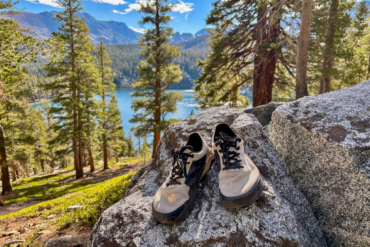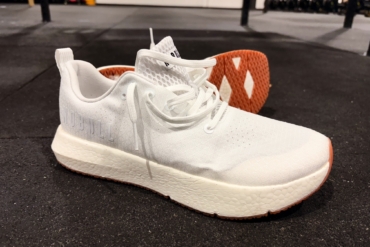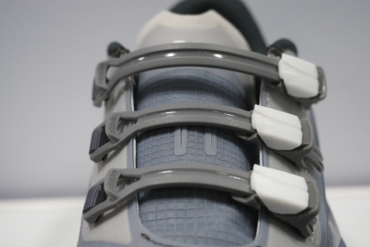The task of fitting your foot perfectly in a pair of new boots can be difficult. We spoke with two boot-fitting specialists at KEEN, Kenny Mackey and Colin McCarthy, to compile a useful guide for anyone in search of that elusive “just right” fit.

1) Clip your toenails — Do this before you arrive at the store!
2) Bring your own socks — The ones you’re going to hike in with the boots you’re going to buy. (And if you use after-market insoles or custom orthotics, bring them along, too.)
3) Don’t assume foot size — The size you’ve always worn may be off. Weight gain or loss, injuries, and other factors can change the shape and size of your foot.
4) Measure both feet — You’ve got two feet, and they aren’t necessarily the same size. Exact measurements will help a fitter get you in the right size pair.
5) Remember width — Length is the standard but be sure to also measure the width of your foot.
6) Trust an expert — At the store, a trained boot-fitter is like a matchmaker of boots and feet. Lean on their expertise and possibly years of boot-fitting experience.
7) Bring your old boots — A footwear specialist can learn a lot about your gait from old shoes in which you’ve hiked a lot of miles. Bring an old pair of worn boots or athletic shoes to the store.

8) Subjective sizing — Certain brands and models will fit differently even if labeled the same size.
9) Cast a broad net —Try on several different styles, models and brands of boots to find one best suited to your foot.
10) Looks come second — They should look good, but don’t buy outdoors boots based heavily on aesthetics.
11) ‘Comfortably secure’ fit is best — Fit and comfort are subjective, but there should be a secure and ensconcing feeling when you put on the right-size boot.
12) Tippy-toes test — Stand on your tip-toes in boots to ensure your toes can splay and are not hitting the front or top of the boot. Gently kick a wall or use a decline ramp to ensure your toes will have enough room for hiking downhill.
13) Lock in heel — Check for heel lift or slip by putting your foot at different angles and walking up stairs. Make sure you’re lacing up correctly. A secure heel is very important to comfort on the trail.
14) Reviews as advice — Online reviews are a great resource for shoppers. But footwear is very personal so don’t buy a boot that doesn’t fit right based only on positive reviews.
15) Activity determines the boot — Buy a boot to match your pursuits. Hiking, snowshoeing, mountaineering, or just sledding with the kids… all require a different set of features from a boot.
16) Tried can be true — When online shopping, choose a brand you have worn before and liked. While brands can change or offer different categories of fit, it is likely that the fit will be similar year to year.

17) Virtual guesswork — To buy online, know your foot size and shape. Most online sites will have a conversion chart for measuring your foot at home in inches or centimeters.
18) Commitment issues — Most retailers (online and real world) have return policies to let you wear purchased goods lightly at home for a certain amount of time. Keep the boots scuff-free and clean if you test and need to return.
19) The ‘Cinderella moment’ — There should be no hot spots or pinch points, with a snug, secure heel but ample room in the toes… you’ll know it when you feel it.
20) Just buy them! — Life is short. Make sure you feel confident in the fit, then get out of the darned store and go put your new boots to good use.
—Thanks to KEEN for sponsoring this post and offering its boot-fitting expertise. The Oregon-based company sells 20+ boot models, including built-in-the-USA footwear assembled in its Portland factory.






